“Next year, we’re scaling back [our external coaching vendors]. It’s expensive, and if we’re not gonna see the impact of it, and if our partners can’t guarantee us really high-quality people and we don’t get the outcomes, I’m not spending the money on it.” – District Leader, RAND American Teacher Panel
Engaging an external professional learning provider can seem like a gamble, especially when you have just invested millions in new instructional materials. In-house professional learning can seem like the preferred option, because it offers seasoned educators who know their faculty and students inside and out, alongside the opportunity to coach and support their peers. But more often than we’d like to admit, in-house professional learning can be underwhelming, stressful, or just plain ineffective.
In a recent educator survey conducted by Rivet Education, education leaders named several reasons why bringing in an external provider may be best. Topping the list was providing coaching support for leaders, launching a new curriculum, and implementing new technology. Respondents also saw value in external providers supporting them with curriculum adoption, coaching for teachers, ongoing implementation support, and enhancing teacher leadership.
We recommend the following four steps to ensure your next partnership with an external professional learning provider is less of a gamble and more of a godsend.
1. DEFINE YOUR NEEDS
Before you even begin looking at providers, the first step is to be clear on your district’s academic vision, goals for professional learning, and needs from an external provider. It can be tempting to compile a laundry list of goals, but try to get as narrow and specific as possible to ensure you can find a provider with experience who supports precisely what you want help with.
2. IDENTIFY PARTNERS THAT MEET YOUR NEEDS
Once you’re clear on your goal, it’s time to find the right partner, — and this step can feel like a daunting task. How do you know where to start or if the providers you find will be any good? To start, search Rivet’s vetted list of providers in the Professional Learning Partner Guide, using the filters to tailor your options to partners who are experts in the support you’re seeking. Then, use our Guide to Interviewing Professional Learning Providers in our Professional Learning Partner Playbook or release an RFP to narrow options.
3. SELECT THE RIGHT PARTNER
Reflect on what you learn from RFP submissions and interviews to check some key boxes before selecting a partner.
- Will the provider’s services align with your academic vision and professional learning goals?
- Will the provider build your leadership’s capacity to support work beyond the contract term?
- Will they be able to work with your existing systems alongside any support you’re receiving from other providers?
- What non-negotiables will you build into the contract regarding services, facilitator requirements, materials, communications, and outcomes? What non-negotiables does the provider expect to be included for the partnership to be effective?
Remember, throughout the selection process, providers should be able to clearly and concretely provide real-world examples that prove they have experience working with districts similar to yours and with your specific curriculum.
4. ONBOARD AND MANAGE YOUR PARTNER
After you’ve signed the contract, hold a kickoff meeting to reinforce your objectives for the partnership.
- Communicate your academic vision and how your partner will help you achieve it.
- Provide an overview of your district’s current professional learning practices and discuss which of these should stop, start, or continue to achieve your professional learning goals.
- Discuss how the professional learning providers’ practices coincide with your practices, as well as where they may contradict, and create a plan for cohesion, avoiding confusion in the field.
- Review the non-negotiables you included in the contract and how you will measure if they are met.
- Establish a plan for monitoring professional learning services, providing feedback to the provider from all users, and refining the scope of work based on these data.
Working with an external provider does not have to be an intimidating and time-consuming process. When the right provider is chosen, they can breathe new energy and ideas into instruction, lift the burden off leaders of designing, delivering, and measuring professional learning, and maximize the benefits of your curriculum, leading to significant improvements in teacher practice and student outcomes.
Check out Rivet’s Professional Learning Partner Guidebook to start the journey of selecting and managing your professional learning partner today.





